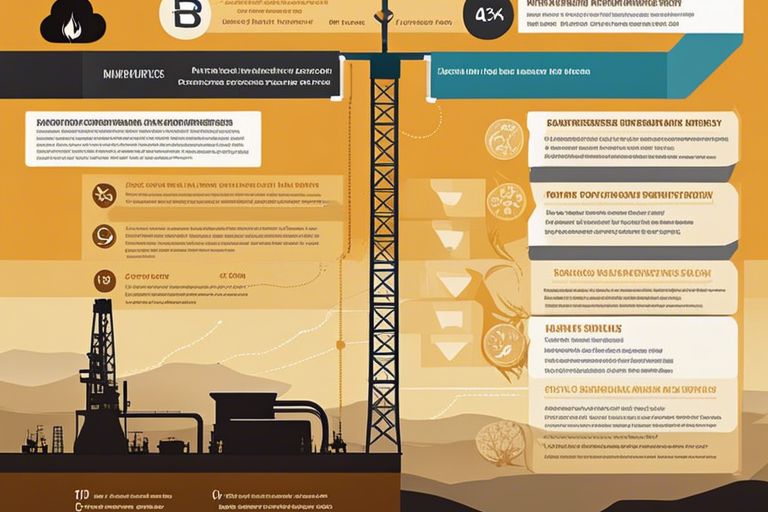There’s a crucial link between having access to comprehensive well information and making informed decisions. In terms of decision-making in various areas of life, whether it’s investing in a property or choosing a healthcare provider, having the right data about wells can be the key to making informed and strategic choices. In this blog post, we will research into the important well information you need to ensure you are equipped to make well-informed decisions.
Types of Well Information
While making informed decisions about wells, it is crucial to have access to various types of well information. Knowing the different types of well data available can help stakeholders understand the conditions of the well and make better decisions moving forward.
| Geological Data | Hydrological Data |
| Geological surveys | Water level monitoring |
| Formation composition | Water quality analysis |
| Stratigraphic information | Groundwater flow direction |
| Well log data | Permeability of aquifers |
| Fault lines and fractures | Recharge rates |
Geological Data
Information on geological data provides insights into the composition of the formation surrounding the well. This data includes details on the different layers of rock, sediment, and soil that the well penetrates, as well as any fault lines or fractures that may impact the well’s performance.
Hydrological Data
Types of hydrological data are necessary in understanding the movement and quality of water in and around the well. This includes monitoring water levels, analyzing water quality parameters, determining groundwater flow directions, and assessing the permeability of aquifers that supply the well.
Plus, hydrological data also includes information on recharge rates, which is crucial for sustainable water management practices. By collecting and analyzing these types of data, stakeholders can make more informed decisions about well usage and maintenance.
Sources of Well Information
Government Agencies
The government plays a crucial role in providing valuable well information. Agencies such as the Environmental Protection Agency (EPA) and the U.S. Geological Survey (USGS) collect data on well water quality and quantity. This data is necessary for making informed decisions about well maintenance, treatment, and water usage.
Private Companies
Sources from private companies can also provide valuable well information. Companies specializing in well drilling, maintenance, and water treatment often have access to detailed data on well performance and water quality. This information can help homeowners and businesses understand the specific characteristics of their well water and make informed choices about water treatment solutions.
Plus, private companies may offer services such as well inspections, water testing, and maintenance plans, which can further assist in decision-making regarding well management.
Importance of Accurate Well Information
Environmental Impact
You need accurate well information to understand the environmental impact of drilling activities. This data is crucial for assessing potential risks to water sources, habitats, and ecosystems.
Cost-Benefit Analysis
Cost-Benefit analysis is important in decision-making processes. Having accurate well information allows for a comprehensive evaluation of the costs involved in drilling operations versus the potential benefits, helping stakeholders make informed choices.
Another critical aspect of the Cost-Benefit Analysis is considering long-term implications such as maintenance costs, environmental remediation, and potential legal liabilities associated with inaccurate or incomplete well information.
To wrap up
The process of making informed decisions about oil investments requires a thorough understanding of various well information. From production rates to formation types, well depth to drilling techniques, each piece of data plays a crucial role in determining the potential success of an investment. By analyzing and interpreting this information, investors can make sound choices that lead to profitable outcomes in the oil industry.

